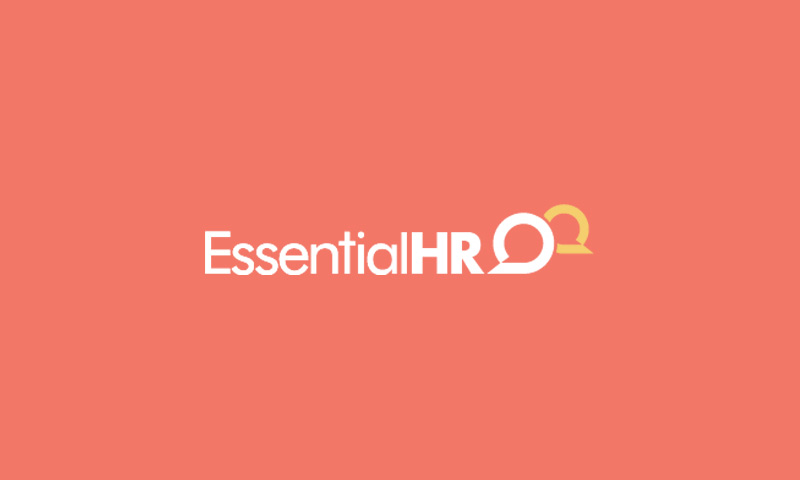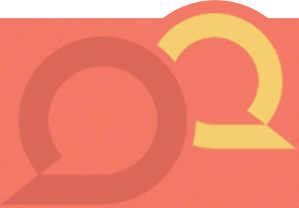Erin sat alone in the break room, her coffee gone cold in her hand. She stared out the frosted window, watching flakes of late winter snow swirl around the parking lot of their mid-sized manufacturing firm in Kitchener. She’d been the HR Manager here for almost four years now, and today, for the first time, she seriously questioned if she was still the right person for the job.
The tension in the office had been building for months—maybe even longer—but lately, it had taken on a life of its own.
“This place is starting to feel like high school,” someone from logistics had muttered last week during a one-on-one. “Except back then at least people talked to each other.”
She couldn’t argue with that. The silences in meetings had become louder than the arguments. When people did speak, it was clipped, passive-aggressive, and often laced with a tone that made her stomach knot. The production team was frustrated with sales. Sales was annoyed with marketing. And marketing had just stopped responding to internal emails altogether.
Communication sucked.
Erin closed her eyes and took a breath.
“Okay,” she thought. “This is fixable. It has to be fixable. Right?”
She had tried addressing it informally—coaching managers on how to give feedback, suggesting more check-ins between departments, even starting a monthly ‘Lunch & Learn’ that no one actually wanted to attend. But nothing had changed.
Worse, her latest conversation with Rajiv, the COO, had rattled her.
“I need you to get a handle on this, Erin,” he’d said, pacing like he always did when he was holding back frustration. “This kind of culture breakdown? It’s bad for retention. We can’t afford to lose more people. Or clients.”
“I know,” she had replied, trying not to show how defensive she felt. “We’re working on it.”
But were they?
She felt the pressure every day—pressure from leadership who expected HR to somehow magically "fix" interpersonal dysfunction, pressure from employees venting in her office but refusing to actually address their conflicts, and pressure from herself, because deep down she believed a workplace should be better than this.
She looked around the break room. Two people had walked in, made eye contact, and promptly sat at opposite ends of the table. No one spoke.
“This isn’t just burnout or one bad apple,” she thought. “This is culture rot. And if I don’t figure out what to do… it’s on me.”
Back at her desk, she opened her laptop and pulled up the draft of a policy update she'd been working on. But her eyes kept drifting to the sticky note in the corner of her screen—scribbled weeks ago during a webinar she almost didn’t attend:
"When personalities clash, productivity suffers. Consider DiSC as a reset button."
At the time, it had seemed like just another acronym, another shiny HR tool in a sea of them. But now? Now it felt like a lifeline.
She opened a new tab and typed in “DiSC Training Ontario.”
That’s when she saw it—Essential HR.
The name rang a bell. She’d met someone from their team at a Chamber event last year—Laura, maybe? She remembered being impressed with how straightforward and real their approach seemed. No fluff, just people-focused solutions. She clicked through to the DiSC Training page.
“Certified facilitator-led workshops designed to help small teams improve communication, collaboration, and self-awareness. Tailored for organizations with 3–50 employees.”
That was them. That was exactly them.
Erin scanned through the page. The words practically leapt off the screen:
"Teams that understand each other perform better."
"Turn conflict into clarity."
"Develop a shared language for feedback and collaboration."
“I don’t need another toolkit,” she thought. “I need something that gets to the heart of the issue—something that helps these people actually see each other again.”
She pictured the leadership team sitting in a DiSC session. She imagined the sales lead realizing why the project manager was always so detail-obsessed. She pictured the head of production learning how to deliver feedback without sparking a fight.
More than anything, she imagined a team that talked—and listened.
Maybe this was her turning point.
She didn’t have to have all the answers. She just had to take the first step toward something that might actually work.
And this? This felt like the right step.




